ECG Blog #451 — Premature Closure.
Ken Grauer, MD
OCTOBER 10, 2024
I was sent the ECG shown in Figure-1 — told only that the patient was a middle-aged man with septicemia. QUESTIONS: Is this rhythm too fast to be sinus tachycardia? Are flutter waves hidden within the QRS and T waves? Are we seeing the retrograde P waves of AVNRT? Is this ATach ( A trial T achycardia )? Figure-1: The initial ECG in today's case. MY Thoughts on Today’s CASE: In my opinion — none of the above answers are optimal to describe the rhythm in Figure-1.
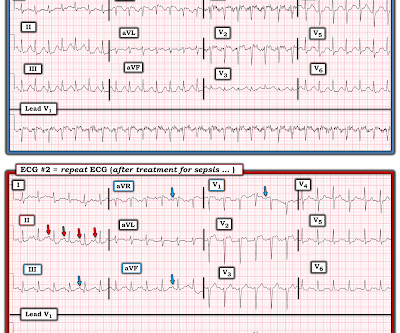


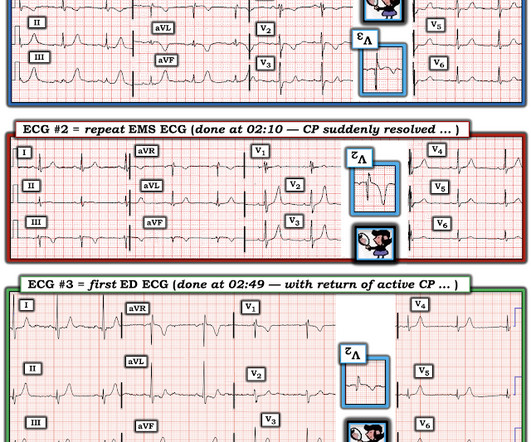



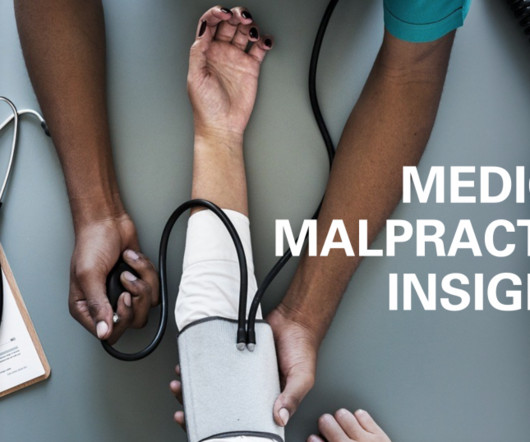
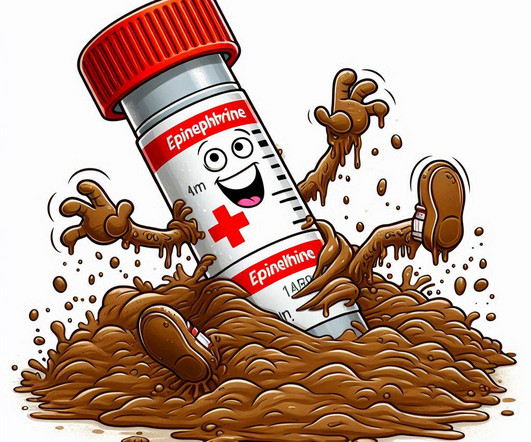
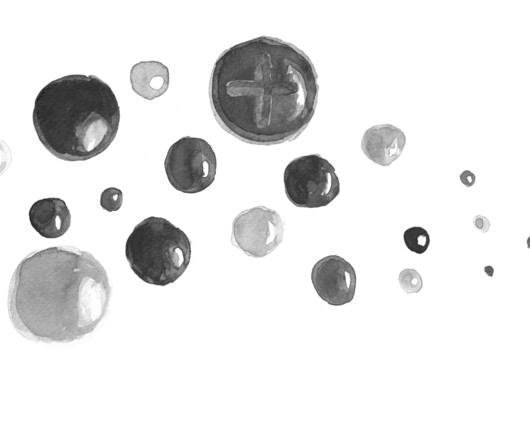


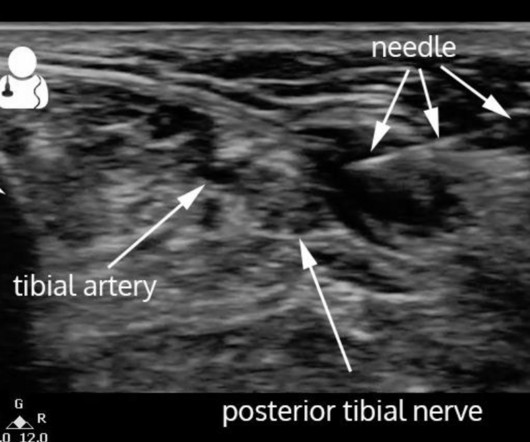
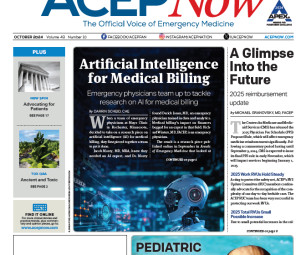











Let's personalize your content